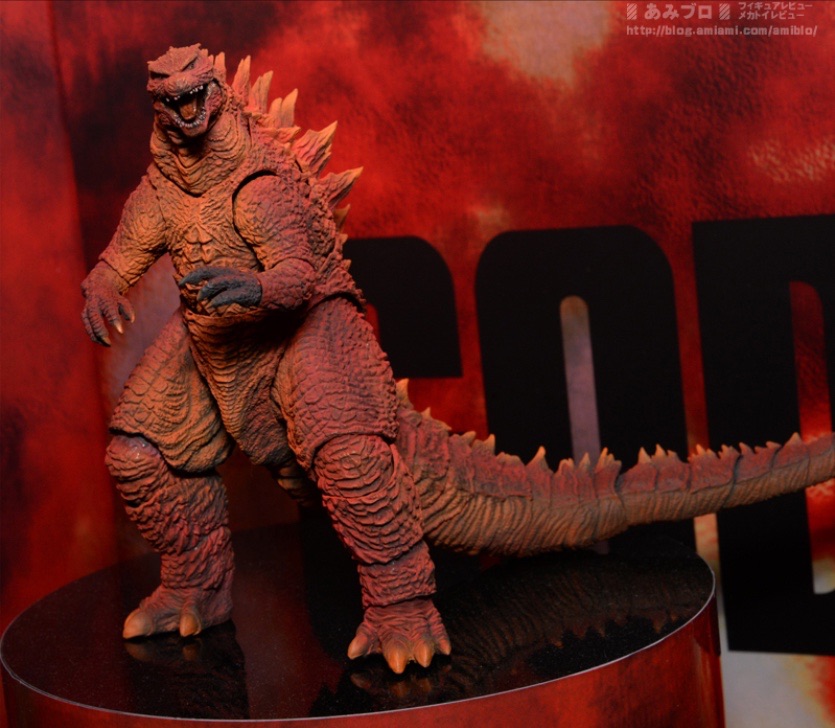
July is typically their mating season and thus the females can get a bit more aggressive around that time. Male horseflies do not do this as they don’t produce eggs, thus they drink nectar and are fairly harmless. Consuming blood and its various proteins help them to create fertilized eggs. What causes a Horsefly to bite?įemale horseflies typically bite to suck blood as it requires a protein-based meal for breeding purposes. If you do get bit, and try to swat at it, it’s almost impossible to miss as it buzzes off given its size and loud buzzing sound.
#IGUARD MONSTER HOW TO#
It’ll be easy to know how to identify the bite unlike mosquitoes who have a slight anesthetic, horseflies do not.
#IGUARD MONSTER SKIN#
Like most insect bites this creates a raised area on the skin known as a wheal or hive, and the skin becomes red and itchy. This causes a nastier bite and their saliva creates a burning sensation which causes a stinging, burning pain unlike those of other insects.Īs for what it looks like, it’s typically a cut rather than a small bite. Unlike misquotes which use a needle-like sucker to dig into the skin, Horseflies use their scissor-shaped jaws to tear a hole and use small hooks to keep their place firm. What does a Horsefly bite look like?Ī Horsefly bite is a bit different from those of normal insects and to understand why one needs to first look at their anatomy. While females and males both have strong jaws, the female’s jaws are larger as they are used to suck out blood from their victims, typically horses and livestock which their name derives from. It has a stout thick body and green eyes, giving it the nickname the “green-eyed monster.” Most horseflies are black, with few varieties having pale stripes than run up their body and wings. In appearance, it resembles a large House fly and has a length that varies from ½ inch to 1 ¼ inch.

What is a Horsefly? What does it look like?Ī Horsefly, in simplest terms, is a fly. Larger than a bumblebee and with the same blood-thirsty appetite as a mosquito the Horsefly is known to cause havoc where summer fun is supposed to reign. Many like myself despise flying insects, from disease-carrying mosquitoes to yellow jackets and anything that can buzz into our faces and ruin our day, although none is more dreaded than the Horsefly. Many know and dread outdoor pests and although the wingless insects are easy to squash, the flying ones aren’t. If that last word alarmed you, you’re not alone. Just make sure you are using good quality batteries and are aware of battery safety precautions.Summer is a time for fun, the sun, barbecues, swimming pools, and pests. In most cases, the power they will provide will be more than enough to cover your vaping needs. If you want to push the wattage but size and weight matter for you, then look for dual-battery mods. If you fancy a large powerhouse of a mod, you can always go for a triple- or quad-battery configuration.
#IGUARD MONSTER MODS#
These batteries quickly rendered most multi-battery mods obsolete as users were able to reach their desired wattages on a dual-battery mod, without having to carry heavier and larger mods in their pocketsĪs with most things in vaping, it all boils down to personal preference. Larger batteries like 20700s and 21700s can go over 100 watts if they are designed for high output. Advanced regulation chips will sometimes allow for wattages even higher than these, but many manufacturers will put a limit between 70 to 80 watts on a single 18650. These are dependent on battery size and chemistry, but as a rule of thumb, a good 18650 battery can safely fire up to 75-80 watts.

#IGUARD MONSTER MOD#
The wattage a mod can reach is dictated by the limits of your batteries. These will take three, four, or even five batteries and may reach 300 and, in some cases, go close to 400 watts - good luck finding an atomizer that works in these ranges! There are high-wattage mods, and then there are ridiculously high-wattage mods.


 0 kommentar(er)
0 kommentar(er)
